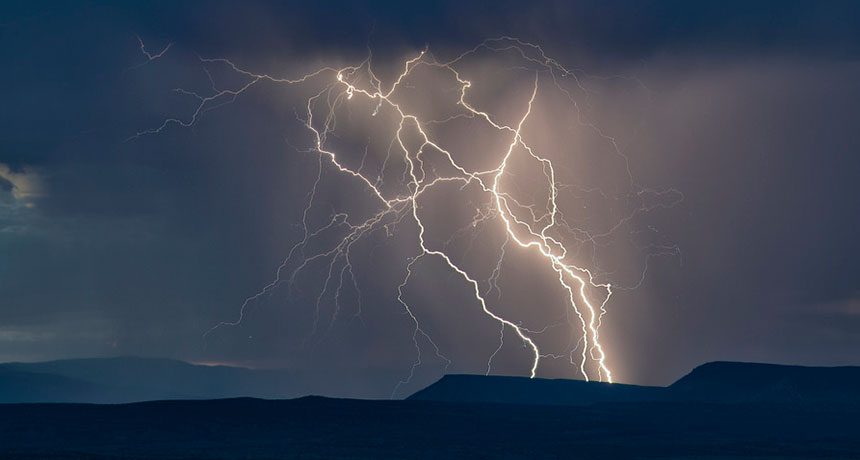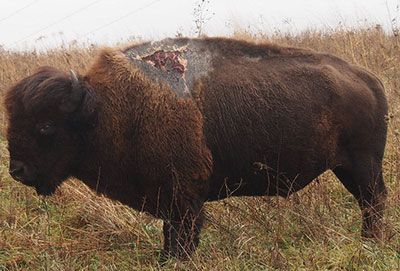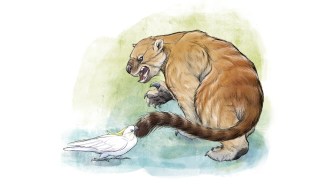Animals get struck by lightning, too

Lightning strikes 100 times every second of the day. It’s dangerous for humans — and animals. A recent report posits that a group of seals may have died from a lightning strike.
- More than 2 years ago
Lightning strikes about 100 times every second of the day, mainly in warmer regions of the world. About 240,000 people are injured by lightning every year, and 24,000 die after being struck. But humans aren’t the only victims of lightning — animals are, too, though reports of such deaths are far rarer than the deaths themselves.
The latest documented animal deaths come in the January Marine Mammal Science. Peter Shaughnessy and Simon Goldworthy of the South Australian Research and Development Institute in Henley Beach were counting Australian sea lion pups on the Pages Islands in South Australia June 25, 2014, as part of a long-term monitoring project. On that day, they found four recently deceased sea lions — an adult female, a young male and two pups — lying dead at the base of a lighthouse on South Page Island. The researchers would have liked to necropsy the animals, but with access to the islands restricted, getting the sea lions back to shore wasn’t an option as they were too heavy to go back with the researchers on their helicopter. So Shaughnessy and Goldworthy settled for a close inspection of the bodies.
Other pups found dead on the island around that time were emaciated, but these two appeared to have been well-nourished. And all four animals had no injuries or signs of trauma. Stormy weather had made the islands too dangerous to reach by boat or helicopter for the four days before the researchers arrived, so it was unlikely that humans were somehow responsible for the deaths. And ocean conditions weren’t right for a toxic algal bloom. Something else must have killed them.
The only sign of damage to any of the sea lions were some “faint jagged linear marks consistent with burning” found on the back of the young male, the researchers write. The sea lions, they concluded, were probably unlucky bystanders when a bolt of lightning struck the lighthouse. Staff of the Australian Maritime Systems, which runs the lighthouse, reported that a really bad strike had happened on or about June 22. It was so bad that it destroyed lighthouse electrical equipment, a radar beacon and the main light, and even “blew out grouting on two of the concrete tower footings.” If lightning really is the cause of death for these animals, this would be the first report of such mortality in pinnipeds, the authors claim.

And as with humans, there are animal survivors, too. Karen Viste-Sparkman of the U.S. Fish and Wildlife Service was checking on bison in the Neal Smith National Wildlife Refuge in Iowa in late July 2013 when she spotted a bull standing by himself with a large, clear, bloody burn on his back — most likely the result of a lightning strike. Viste-Sparkman nicknamed the poor bison “Sparky” and checked up on him over the following months. Though she did not expect the bull to survive, he did. Sparky is a bit thinner than the rest of his herd, FWS reports this week, but he appears to be strong and doing well.
Direct strikes such as what happened to Sparky can be dangerous, but as Naish points out, many animals are killed by the deadly current that runs through the ground after lightning strikes nearby. That appears to be what killed the Australian sea lions. And it’s a reminder to all of us that when conditions seem ripe for lightning, it’s best to just head indoors.
Editor’s note: This post was updated January 10, 2016, to correct the spelling of Darren Naish’s name.







